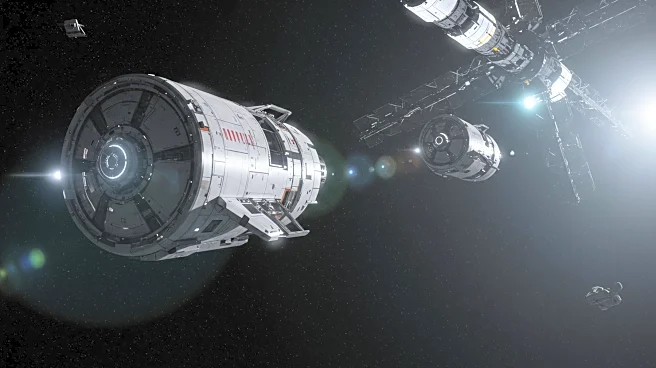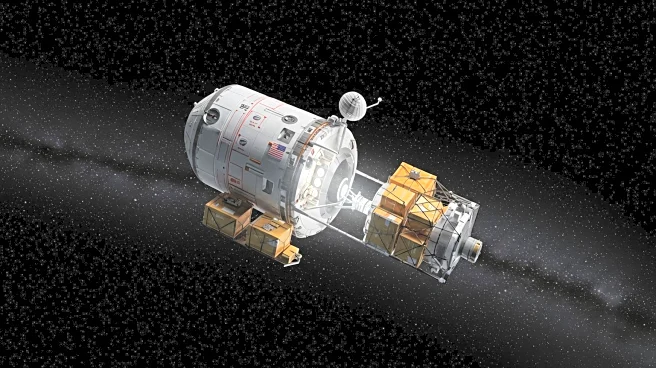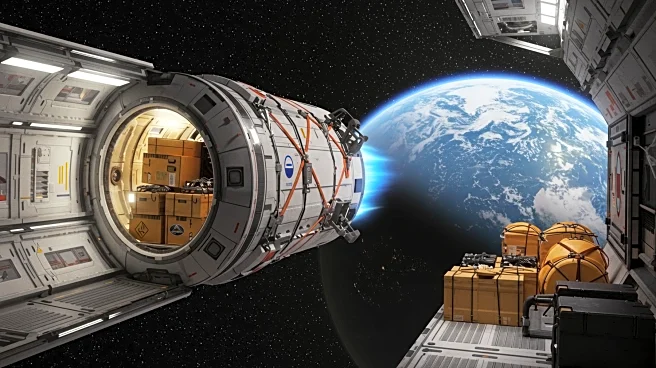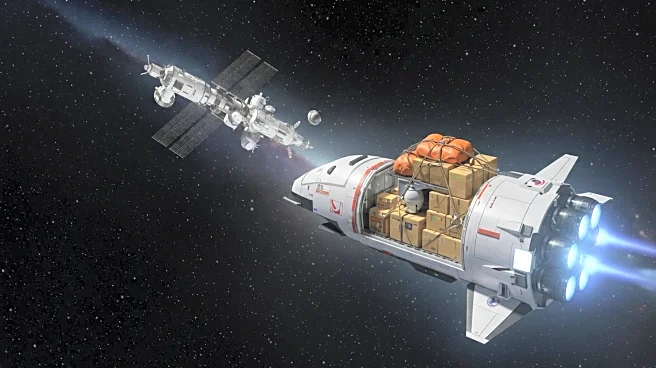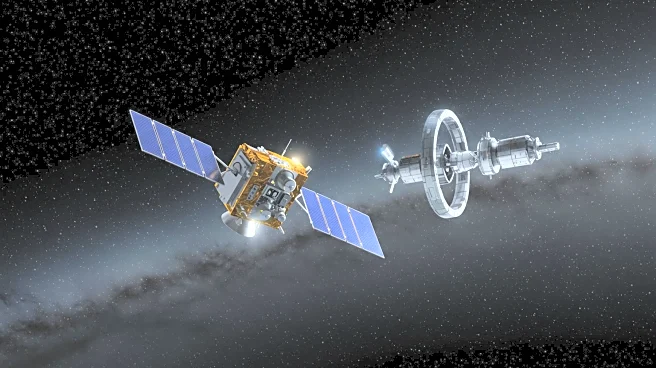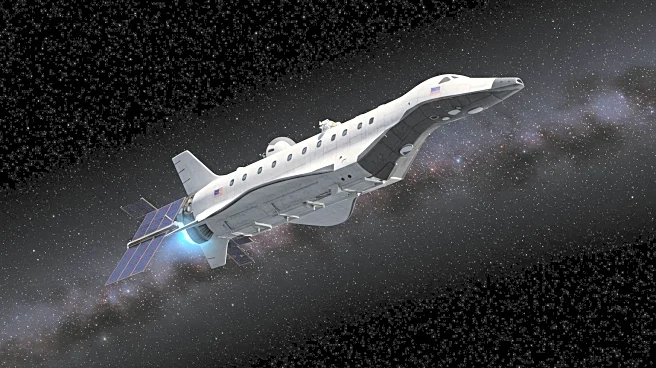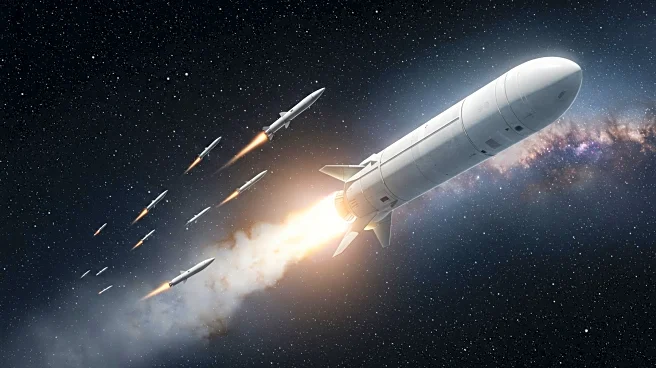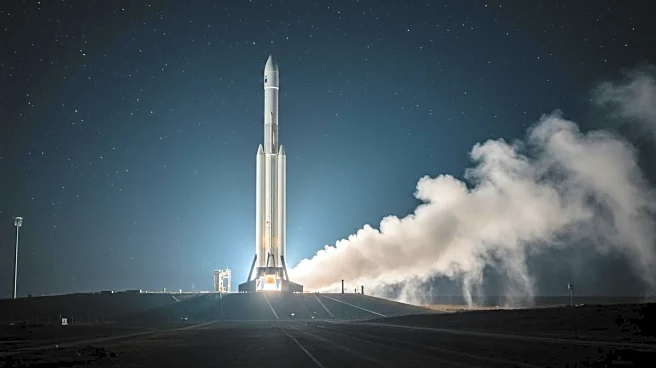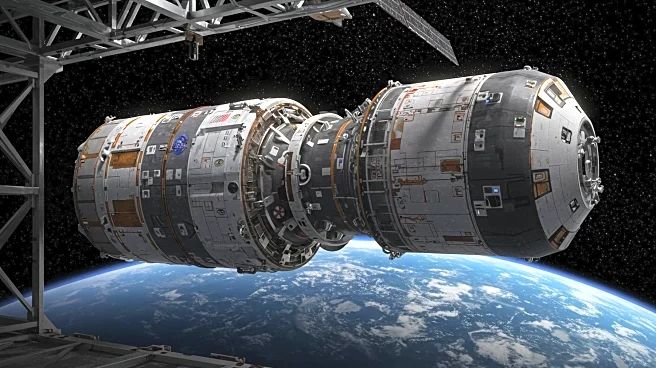What's Happening?
SpaceX's CRS-33 Dragon cargo ship is set to dock at the International Space Station (ISS) early Monday morning, marking a significant milestone in NASA's Commercial Resupply Services program. The Dragon capsule, launched on a Falcon 9 rocket, carries approximately 5,000 pounds of supplies, including food, resources, and scientific experiments. This mission is crucial for testing technologies for future lunar missions and exploration beyond. The Dragon will also assist in maintaining the ISS's altitude, a task historically performed by Russian Progress cargo vehicles. With Russia potentially leaving the ISS consortium by 2028, reliance on alternative means like Dragon and Northrop Grumman's Cygnus cargo ship is increasing.
Why It's Important?
The CRS-33 mission underscores the growing importance of commercial partnerships in space exploration. By delivering essential supplies and conducting scientific experiments, SpaceX contributes to advancements in technology crucial for future missions to the Moon and Mars. The ability of the Dragon capsule to assist in altitude maintenance is particularly significant given the potential withdrawal of Russian support by 2028. This shift highlights the need for reliable alternatives to ensure the continued operation of the ISS. The mission also supports NASA's broader goals of developing sustainable technologies for long-term space exploration.
What's Next?
The CRS-33 mission is expected to conclude in December, with the Dragon capsule returning to Earth carrying samples and scientific equipment. The splashdown is scheduled off the coast of California. As the ISS consortium faces potential changes, NASA and its partners may need to explore further collaborations and technological innovations to maintain the station's operations. The success of this mission could pave the way for more robust commercial involvement in space exploration, potentially influencing future policy and investment decisions.
Beyond the Headlines
The potential withdrawal of Russia from the ISS consortium by 2028 raises questions about international collaboration in space exploration. This development could lead to shifts in geopolitical dynamics and necessitate new alliances and strategies for maintaining the ISS. The mission's focus on 3D printing and bioprinting in microgravity also opens up possibilities for advancements in manufacturing and medical support in space, which could have long-term implications for human spaceflight and habitation.
